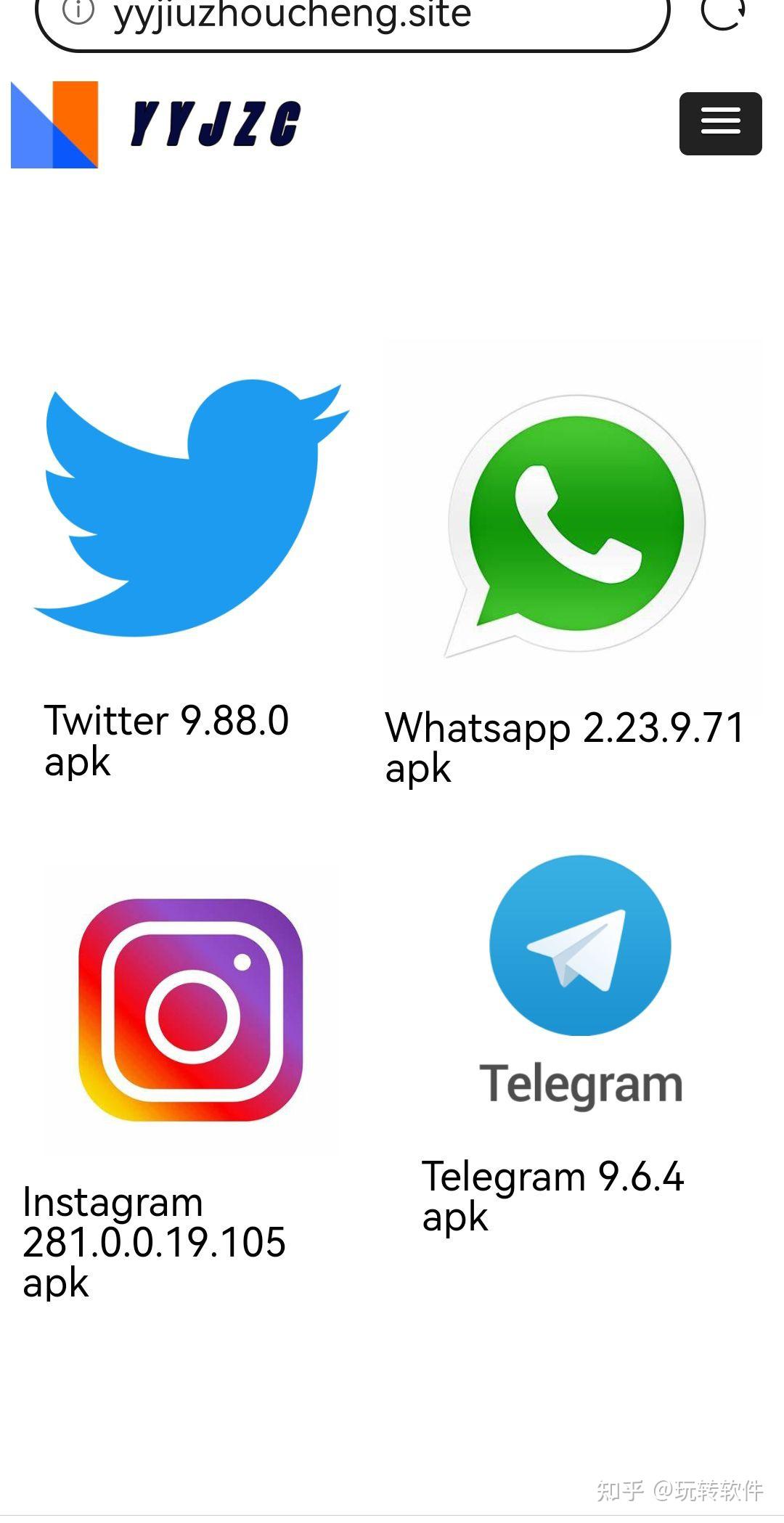蔡慎坤 推 特 - Unpacking Digital Whispers
There's a lot of chatter in our digital world, and sometimes, a single voice stands out, offering a fresh angle on important happenings. This is where a public presence like 蔡慎坤 推 特 becomes a focal point for many people looking to get a sense of what's going on with big information releases and the stories behind them. It's a place where discussions unfold, giving folks a chance to think about how information flows and what it means for everyone.
The public square of the internet, you see, provides a spot for people to share thoughts and insights on subjects that truly matter, like the security of our personal devices and the way powerful organizations handle their digital secrets. It's a bit like having a community bulletin board where someone posts interesting articles and then folks gather around to talk about what they've read.
As we move through the various layers of digital information, it’s helpful to have sources that help make sense of things. 蔡慎坤 推 特, for instance, often touches on some pretty significant topics, giving followers a unique perspective on the intricate workings of the digital world and the challenges that pop up with technology and information sharing. So, it's almost like a guide through some rather complex topics.
- Walmart Auburn Maine
- Florida Cracker Kitchen
- Mill And Mine
- Incredible Tiny Homes
- Marcus Rosemount Cinema
Table of Contents
- Biography of Cai Shenkun
- What Insights Does 蔡慎坤 推 特 Offer?
- Exploring Digital Information Leaks
- The Unfolding Story of Vault 7 and 蔡慎坤 推 特's Lens
- How Do Security Breaches Affect Us, According to 蔡慎坤 推 特?
- Windows Woes and Community Support
- What's Up with Windows Updates and 蔡慎坤 推 特's Take?
- Finding Help When Tech Troubles Strike – A 蔡慎坤 推 特 Perspective
- Why Pay Attention to 蔡慎坤 推 特's Digital Dialogue?
Biography of Cai Shenkun
Cai Shenkun, as a voice on social media, has become someone many people turn to for comments on digital events and public information. While specific personal details are often kept private, their public presence suggests a keen interest in the world of technology, information transparency, and the broader implications of digital security happenings. They appear to be a commentator who enjoys digging into the details of significant data releases and how these might affect everyday folks.
The kind of content shared by 蔡慎坤 推 特 points to a person who values open discussion about how digital systems operate and where their weak spots might be. It’s fair to say that this person, or perhaps a group using this handle, aims to bring light to topics that might otherwise remain hidden or hard to grasp for the general public. They seem to care a lot about making complicated subjects a little easier for everyone to think about, which is pretty helpful, actually.
Their contributions often spark conversations among followers, creating a space for people to share their own thoughts and concerns. This shows a commitment to fostering a community interested in digital awareness. So, you know, it’s not just about broadcasting information; it’s about starting a dialogue, which is really something special in today's fast-moving information flow.
Here's a quick look at some general details about the persona of 蔡慎坤 推 特:
| Public Role | Digital Commentator, Information Analyst |
| Area of Focus | Cybersecurity, Information Leaks, Tech Transparency, Public Discourse |
| Platform | Twitter (推 特) |
| Known For | Sharing insights, sparking discussions, simplifying complex digital topics |
What Insights Does 蔡慎坤 推 特 Offer?
When you follow 蔡慎坤 推 特, what kind of ideas do you get? Well, it seems to be a place where the curtain gets pulled back just a little on some pretty big stories. The insights often revolve around how information, especially sensitive information, comes to light and what that means for us. It’s like getting a peek behind the scenes of digital events that shape our daily lives, giving us a chance to think about things we might not usually consider.
The platform seems to act as a kind of filter, taking large amounts of complex data and breaking it down into more digestible pieces. This helps people who might not be tech experts still get a sense of the important parts. For instance, discussions might touch on how certain digital documents reveal the way powerful organizations work, or how their tools are put together. It’s pretty useful, really, for staying informed without getting lost in all the technical jargon.
Moreover, the commentary often encourages a deeper look at the reasons behind information becoming public. Is it about accountability? Is it about warning people? These are the kinds of questions that 蔡慎坤 推 特 seems to invite its audience to ponder. So, in a way, it’s about more than just facts; it’s about the bigger picture and what these digital occurrences tell us about the world we live in.
Exploring Digital Information Leaks
The digital age, as we know, sometimes brings with it moments when large collections of digital records become public. These moments can really shift how we look at certain organizations or even how we think about our own digital safety. It’s a bit like a huge library of secrets suddenly being opened up for everyone to look at, and that, naturally, causes quite a stir. These sorts of releases often contain thousands upon thousands of items, which can be quite a lot to take in all at once.
For instance, there was a significant collection of documents, a first full part of a series, that had over eight thousand seven hundred and sixty-one individual records and files. This kind of release isn't just a few papers here and there; it’s a truly vast amount of material that can offer a detailed look at various operations. It’s the sort of thing that gets people talking and certainly gets the attention of those who work to uncover information for the public good.
Such publications, you see, are often meant to help those who investigate public matters, like journalists or people who look into digital evidence. They can use these extensive files to piece together stories and figure out what truly happened. This process helps bring transparency to areas that might otherwise remain hidden from public view, allowing for a more informed public discussion about important issues.
The Unfolding Story of Vault 7 and 蔡慎坤 推 特's Lens
A notable instance of a large information release was the collection known as Vault 7. This series of documents, which began to come out on the seventh day of March in 2017, laid out details about the operations and capabilities of a major intelligence body in the United States. It was quite a moment, to be honest, as it gave people a glimpse into how this agency worked and what kinds of tools they had at their disposal.
The materials included, for example, the core programming instructions and detailed examinations for software projects used by the agency, including those described in the Vault 7 collection itself. This kind of information is, well, pretty specific and shows how certain digital tools were made and used. 蔡慎坤 推 特, one could imagine, would have been a place where people discussed these very detailed technical disclosures, trying to make sense of what it all meant for general digital safety.
When these thousands of documents were put out by a well-known information-sharing group, there was, as you might expect, a scramble to figure out the extent of the impact and to try and limit any harm. These papers, it was suggested, offered insights into how the intelligence agency put together its modern spy tools and how it took advantage of weak points in common computer systems, like those running Windows. So, it’s pretty clear why this would cause a stir.
Through the lens of 蔡慎坤 推 特, one might find discussions that simplify these rather intricate details, explaining how, say, a particular digital vulnerability could be used. This makes it easier for a wider audience to grasp the significance of such revelations. It helps bridge the gap between highly technical information and what it means for the average person using a computer every day, which is, honestly, a very helpful service.
How Do Security Breaches Affect Us, According to 蔡慎坤 推 特?
When information that's meant to be kept secret suddenly becomes public, it naturally raises questions about how it might affect us all. The American public, for instance, should feel quite concerned by any such release that seems intended to hurt the intelligence community’s ability to keep America safe from bad actors. This perspective, you know, often comes up in discussions around these sorts of events, and it’s a valid point to consider.
It’s worth noting that the intelligence agency had been aware of a security issue since late the previous year, and this awareness eventually led to the most recent release of data by the information-sharing group. Officials from intelligence bodies and law enforcement sources mentioned this fact, indicating that these sorts of events don't just pop up out of nowhere; there's often a history behind them. 蔡慎坤 推 特, one can assume, would highlight these timelines, helping followers understand the sequence of events.
The effect of these kinds of disclosures can be quite broad, touching on everything from national security concerns to our own personal privacy. When digital tools used for intelligence purposes are exposed, it can lead to a re-evaluation of how secure our own digital lives truly are. This is a topic that 蔡慎坤 推 特 might often return to, encouraging people to think about their own digital habits and what steps they can take to keep their information safe. It’s a pretty important conversation, really.
Thinking about how these breaches play out, it's not just about the immediate damage. There are longer-term ripples, too. The trust in digital systems, for example, might get shaken, and people might become more hesitant about using certain technologies. This is a subtle but significant consequence that a commentator like 蔡慎坤 推 特 would likely point out, encouraging a broader discussion about trust in the digital age. It’s a very human concern, after all.
Windows Woes and Community Support
Moving from the big picture of intelligence leaks, we sometimes find ourselves facing more everyday digital annoyances, like issues with our home computers. It’s a pretty common experience, you know, to have something on your computer just stop working right after an update. This can be quite frustrating when you're just trying to get things done, and suddenly, your software isn't behaving as it should. It’s a bit like your car suddenly deciding it doesn’t want to start after a routine check-up.
For instance, after a recent update to Windows, some people found that certain applications, like a digital assistant or parts of their web browser, simply wouldn’t function. Even the built-in help feature seemed to take a holiday. This kind of problem can really throw a wrench into your day, especially if you rely on these tools for work or just for staying connected. It’s a scenario that many computer users can probably relate to, sadly.
When these kinds of issues pop up, it often sends people searching for answers. They might try restarting their machine several times or running various tools meant to fix problems, only to find that the issue persists. It’s a classic tech headache, and it highlights how much we depend on our operating systems to simply work as expected. And, frankly, when they don't, it can be quite a bother.
What's Up with Windows Updates and 蔡慎坤 推 特's Take?
So, what’s the deal with these Windows updates sometimes causing trouble? It’s a question many people ask, and it’s something 蔡慎坤 推 特 might very well comment on. Imagine, you update your computer, and then suddenly, parts of your system, like a certain player for media files or sections of your internet browser, just don't work anymore. And even the built-in way to get assistance doesn't help. This is, honestly, a pretty common complaint.
Someone might say, "I know exactly how you feel!" because it's such a shared experience. In such cases, one suggestion might be to try getting a specific media player, making sure your computer’s operating system is recognized correctly. This kind of advice, you know, comes from the community of users who have faced similar issues. 蔡慎坤 推 特 would likely share these practical tips, making them accessible to a wider audience.
Other times, people report having difficulties with the update process itself. The update might seem to finish, but then things still aren't right. They might try to restart their computer multiple times and run various problem-solving programs without success. These are the moments when people really need a helping hand, and a platform like 蔡慎坤 推 特 can be a good spot to find shared experiences and maybe even some informal solutions from others who have been there. It’s a kind of digital support group, if you will.
Another common frustration is when a certain key, like the F1 key, which often brings up a help page, interferes with other programs. You might need that key for a specific function in another application, but instead, it keeps opening a help window. How do you stop that from happening? This is a very specific, yet very annoying, issue that 蔡慎坤 推 特 might address, perhaps sharing workarounds or tips from other users. It’s these small,
- Walden Farms
- Bouldering Project Brooklyn
- Trustees Of Reservations
- Ikea Customer Service Number
- Marcus Rosemount Cinema

《奔跑吧》不剪掉蔡徐坤的原因曝光-度小视

蔡蔡【私信限制】 on Twitter: "RT @zhi_yiyi520: #互推 #置顶 #合作 #长期互推 #收号 #推广 #互关

推特上的网红美女博主,含推特小技巧。 - 知乎